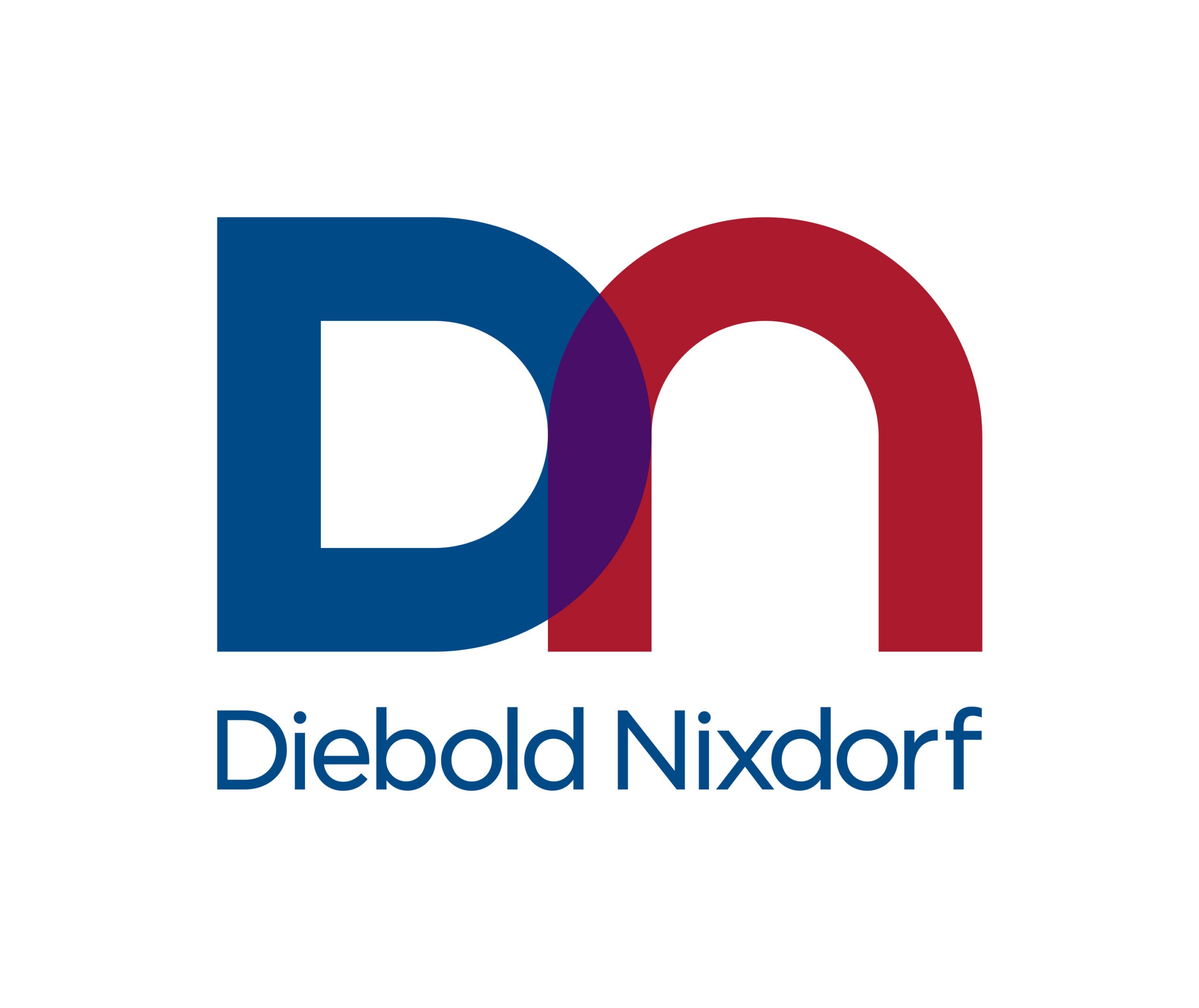
In the midst of full-scale transformation, the payments sector looks vastly different than it did just a decade ago. In the early 2010s, e-commerce made up less than 5% of total US retail sales, contactless cards were around but adoption was low, and many of the fintech companies currently disrupting the status quo simply did not exist.
Now, we have certainly come a long way from this. In fact, because of a global pandemic and the rapid shift in consumer behaviour, e-commerce sales grew 25% from 2019 to 2020. We’re seeing a seismic shift in leading banks and financial institutions now viewing their payments business as very strategic to their core and investing in its ability to become a significant revenue generator. One recent survey by Accenture found that 75% of payments executives agree on the urgency of accelerating payments modernisation programmes, and revenue growth is a key driving force.
It goes to show just how quickly the industry (and all its players) can change. So, what does this mean for the future of payments, and how can banks ensure they keep up?
Future trends in payments
The future of payments over the next decade will see an evolution of new payment types and related innovative use cases, which in turn will force adoption of modern technology and architecture to align with the needs of a very demanding and savvy digital customer.
While there are many trends and advances in this business, real time payments is arguably one of the fastest growing payment types, as more than 56 countries globally have embraced this new way of moving money. In 2017 the US joined the movement with the launch of The Clearing House’s Real-Time Payments network. It was the first time the country had launched a new payments system in four decades.
But even with this surge, it is only less than a third of what’s yet to come. This wave of adoption starbursts into a myriad of use cases where this is a welcome relief. From being able to send charitable donations urgently in time of need or make emergency payments like payrolls, to supporting workers in the gig economy where the payment is transferred right after the service or obligation is completed – all within a matter of seconds.
Now, as more and more countries come on board, and usage grows, the speed of transactions will become the new standard and all banks will be pushed to support this requirement on the back of customer need. It will not be a matter of “Should we do this also?” – it will move from being cost of doing business to cost of being in business.
Much debate is underway to decide if real time payments infrastructure should be offered as a utility, or something banks should charge for and drive revenues on the back of value-added services. This just turns up the heat on banks to drive innovation and be at the forefront of better servicing their customer’s very specific needs on the back of this payments type.
In addition to this, the boom in popularity of cryptocurrency over the last two years has been astronomical. With the pandemic and socio-political unrest affecting many parts of the world, the movement of fiat currency to crypto has had a banner year thus far. Over the next few years, banks and financial institutions will need to gear up to support these new instruments based on client demand and accepted form of payment.
For banks, the focus now falls on delivering smooth digital experiences from end to end to remain competitive. But the successful arrival of digital banks (also known as ‘challenger’ and ‘neo’ banks) on the scene has raised the bar significantly. By 2028, Statista projects the global market for neobanks to reach a value of $722.6bn – growing at a monumental CAGR of 47.7% from 2020.
These emerging competitors and numerous non-financial institutions are delivering innovative platforms and offerings with integrated financial services to enhance a clients’ digital journey and setting new benchmarks in what many bank clients now see as the new standard.
A key example is the proliferation of Buy Now Pay Later (BNPL), which has skyrocketed in the B2C segment during the pandemic – and it’s not expected to slow down any time soon. By 2026, 25% of the unsecured lending market is projected to be BNPL. How banks slot themselves into the embedded finance market, reacting to the trend as an opportunity rather than a threat, will be detrimental to success.
Staying ahead of the curve
To sustain a competitive advantage, retain customers, and grow over the next decade of payment changes, banks must adapt their strategies to become truly digital across all channels and customer touchpoints and makes the hard case for modernization now.
To protect their turf, banks must develop a sound digital strategy, which includes starting with a client’s journey across all channels and working backwards into the technology, to support them going forward. To continue to be innovative and offer clients more, institutions that embrace open banking will be able to present third-party offerings seamlessly as value-added services to the market. Leveraging the ecosystem by embracing APIs enables banks to focus on their own core competencies, while delivering streamlined financial services to customers.
Now, delivering new, in-demand features like BNPL and Request to Pay in a quick and efficient manner will set banks apart. This is also easier said than done, as legacy, monolithic back-end payments systems that traditional banks still rely on have run their course and cannot be the default anymore. Embracing a modern microservices architecture in a cloud, on the other hand, enables banks to innovate on their technology stack and implement new features rapidly. The adoption of cloud has proven results across the banking sector via increased flexibility and scalability to reduced IT costs and faster updates. These investments are proving to be a key differentiator between incumbent banks and their new ‘digital’ or ‘challenger’ counterparts.
Developed by Diebold Nixdorf, Vynamic Payments is a cloud-native, microservices-based payments system designed to help banks stay competitive as the next payments frontier approaches. This flexible platform opens the door to faster innovation and new revenue streams, accelerating speed-to-market so new features can be released in a matter of weeks rather than months or years.
Payments modernisation with Vynamic Payments lowers operating costs and enhances digital revenue and customer experience. It also improves the efficiency of operations and reduces platform complexity. The solution has already been deployed by one of the biggest banks in the world. As the next generation of payments approaches, Vynamic Payments is ready to prove an essential tool in the payment’s modernisation roadmaps of more and more future-ready banks and financial institutions.


